According to data obtained from the Environment Agency by environmental consultancy Footprint Services, a total of 1.59 million tonnes of RDF was exported from England between April 2020 and April 2021.
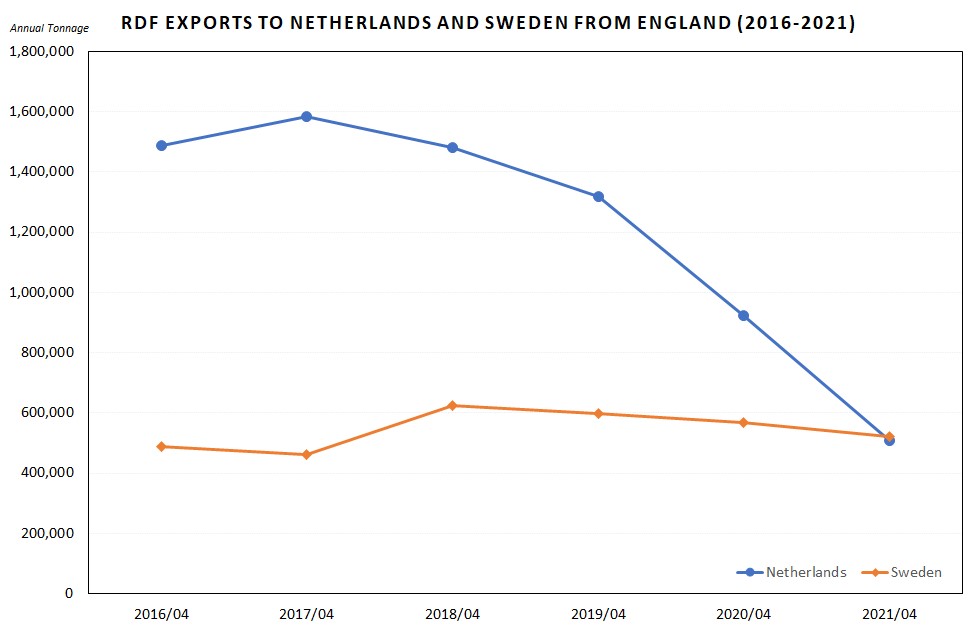
Of this, 523,000 tonnes went to Sweden, while 508,000 tonnes were sent to the Netherlands.
The Netherlands was traditionally the most popular destination for exports of RDF from England. In 2017, the Netherlands accounted for almost 50% of RDF exports from England, receiving around 1,539,720 million tonnes (see letsrecycle.com story). Sweden received just 528,734 tonnes.
The Netherlands remained the most popular destination in the 2020 calendar year, despite the introduction of a waste import tax, but exports fell to 601,668 tonnes, a decrease of 48% from 2019 (see letsrecycle.com story).
Sweden received 486,293 tonnes of RDF exports from England in 2020, though this too represented a fall of 17% from 2019.
Andrew Gadd, Footprint Services’s manager, told letsrecycle.com the figures represented the “implosion” of the Dutch market rather than a Swedish success story.
However, he added: “Exports to Sweden have remained quite robust over the past few turbulent years. That should be seen as a good news story, a testament to good supply relationships between English exporters and Swedish importers.”
Import tax
A tax of €31 per tonne has been in place on the import of waste for incineration in the Netherlands since 1 January 2020. In the three months after the tax’s introduction exports to the Netherlands nearly halved (see letsrecycle.com story).
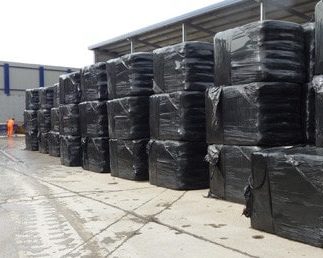
However, Mr Gadd warned the decline in exports to the Netherlands could have led to more waste being landfilled in the UK.
Compared to previous years, around 800,000 tonnes of RDF less was exported in the 12 months to April 2021. Mr Gadd estimates around a third of this was lost due to the pandemic, a third had gone to UK EfW plants, and a third to landfill.
He said: “Those exports that had been going to the Netherlands aren’t going to Sweden. The maths doesn’t add up. Part of the logic of the waste import tax in the Netherlands was that the waste would go to other EfW sites across Europe, but that’s not evidenced by the data.
“There’s a strong likelihood that, of the 800,000 tonnes displaced from the Netherlands to ‘elsewhere’, a significant percentage will have been sent to UK landfills in the absence of other options. Some companies have simply switched off their RDF-producing lines because of the twin impacts of the Netherlands tax and coronavirus.”




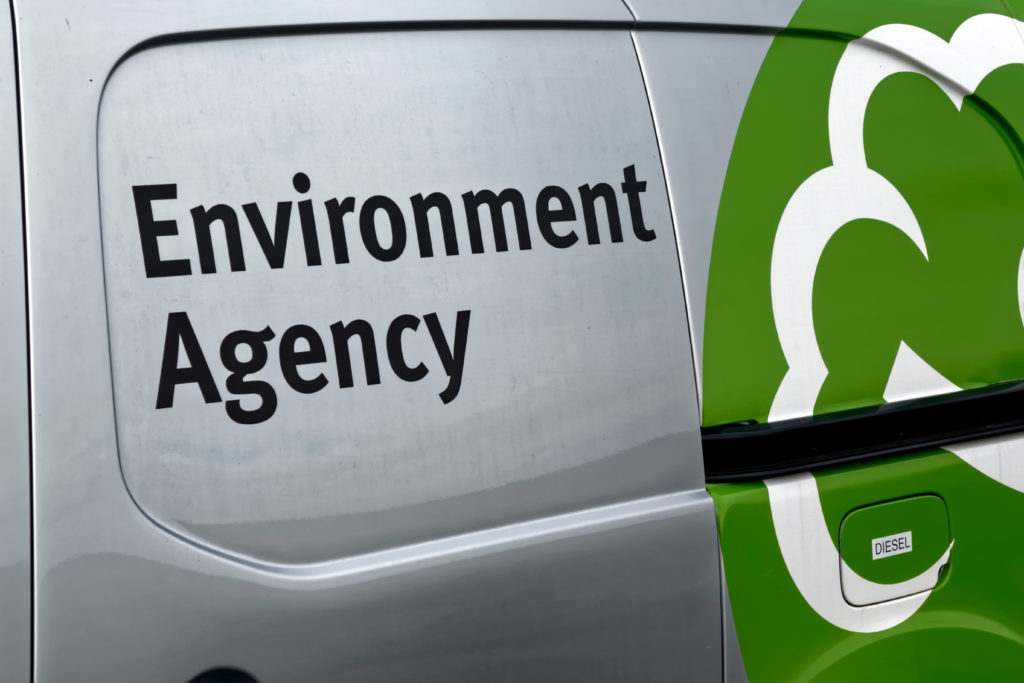
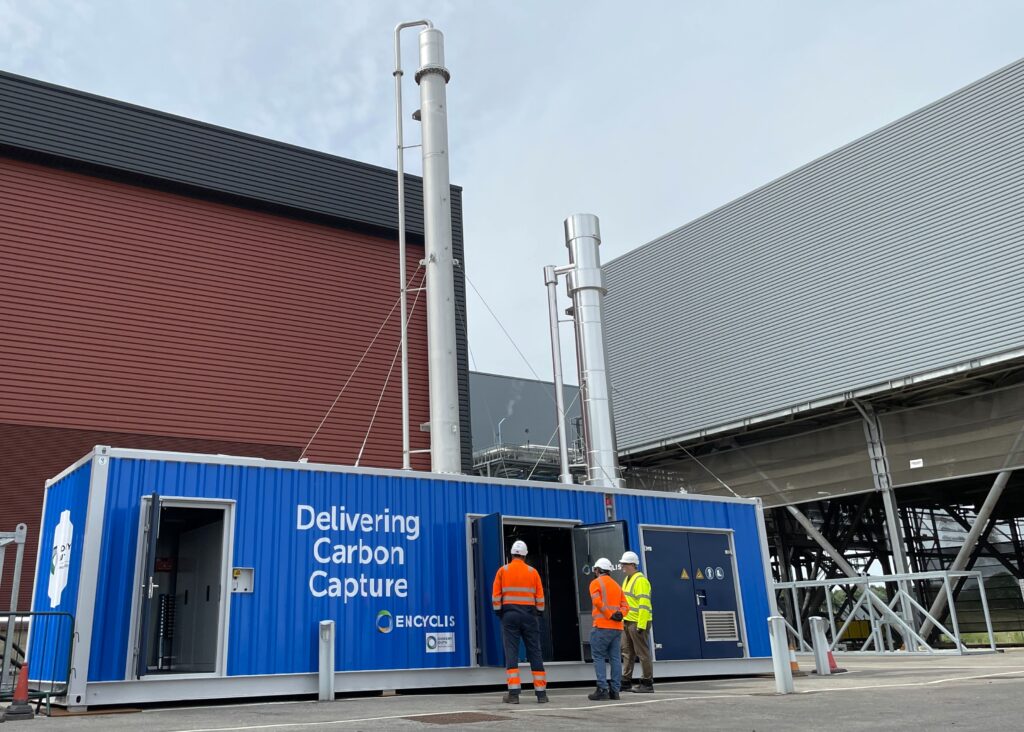
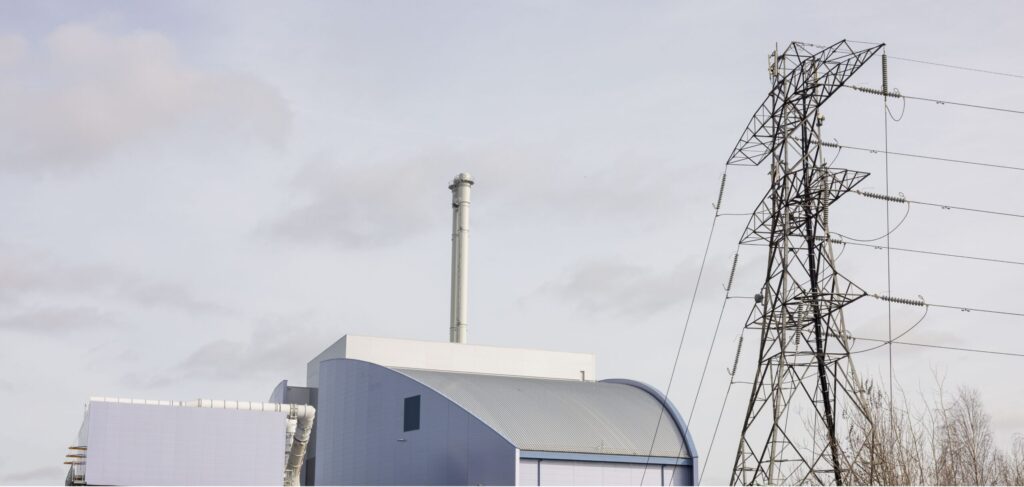

Subscribe for free